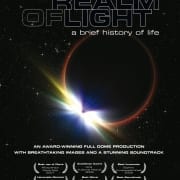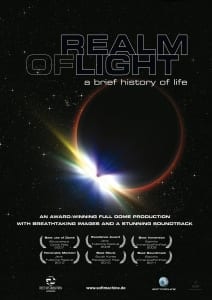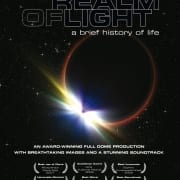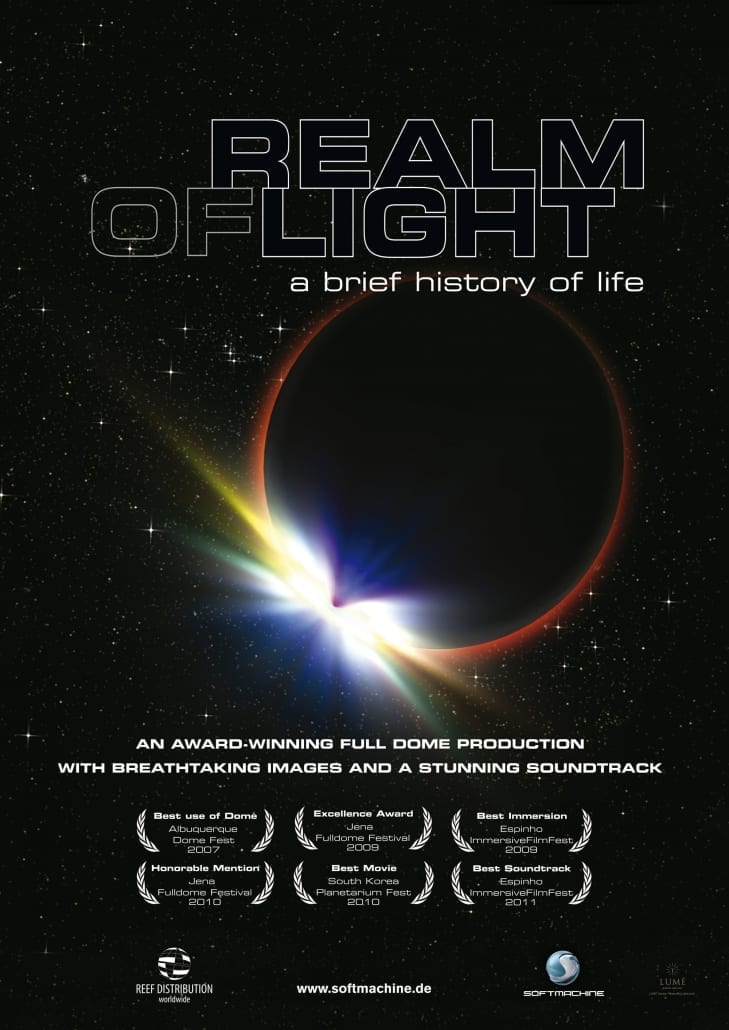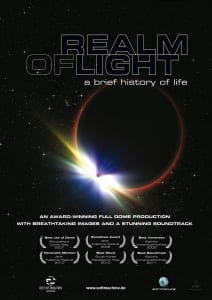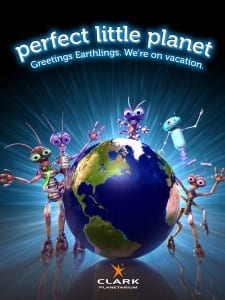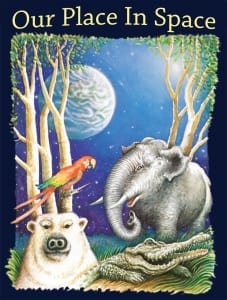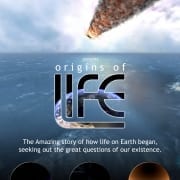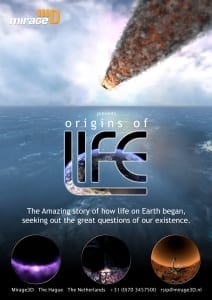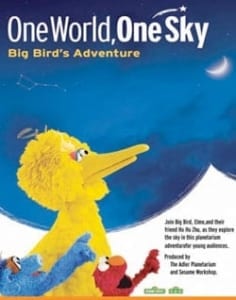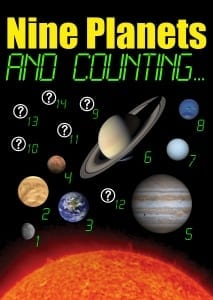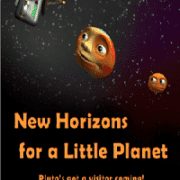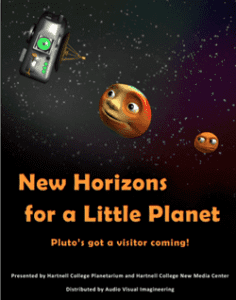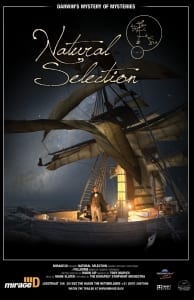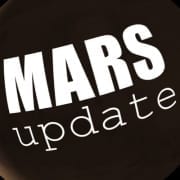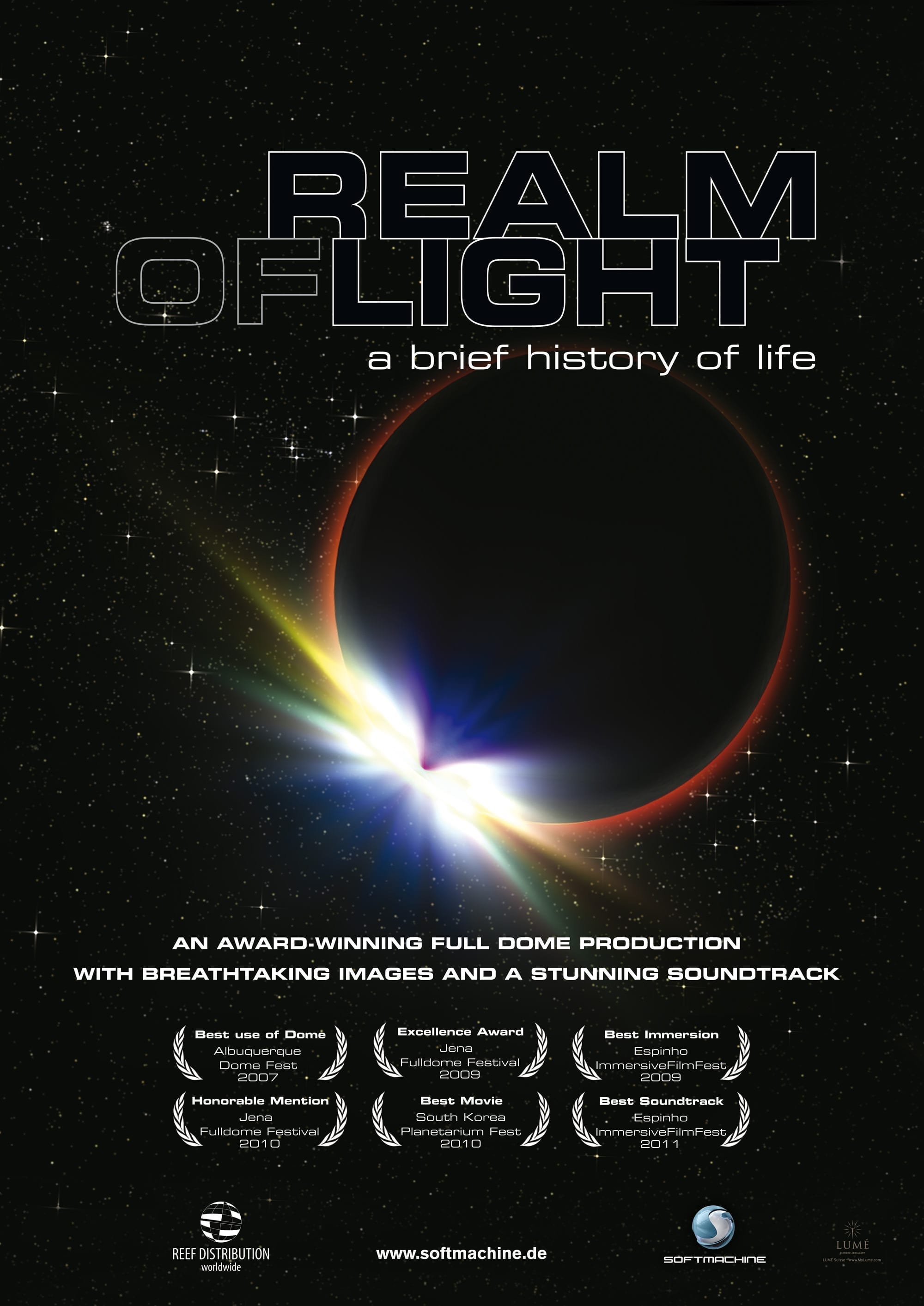
A poetic and phenomenal adventure underscored with breathtaking music and sound effects.
Upon request of the Denver Museum of Nature & Science, the Producer developed a new version with a new scientific perspective.
Dan Neafus from Denver Museum produced a unique version with additional astronomical contents that take us on an amazing journey through space and time, telling the story of life and its evolution from the Big Bang until the modern age of man.
Realm of Light
/in Full Dome Show /by rculverRealm of Light
Perfect Little Planet
/in Full Dome Show /by rculverPerfect Little Planet
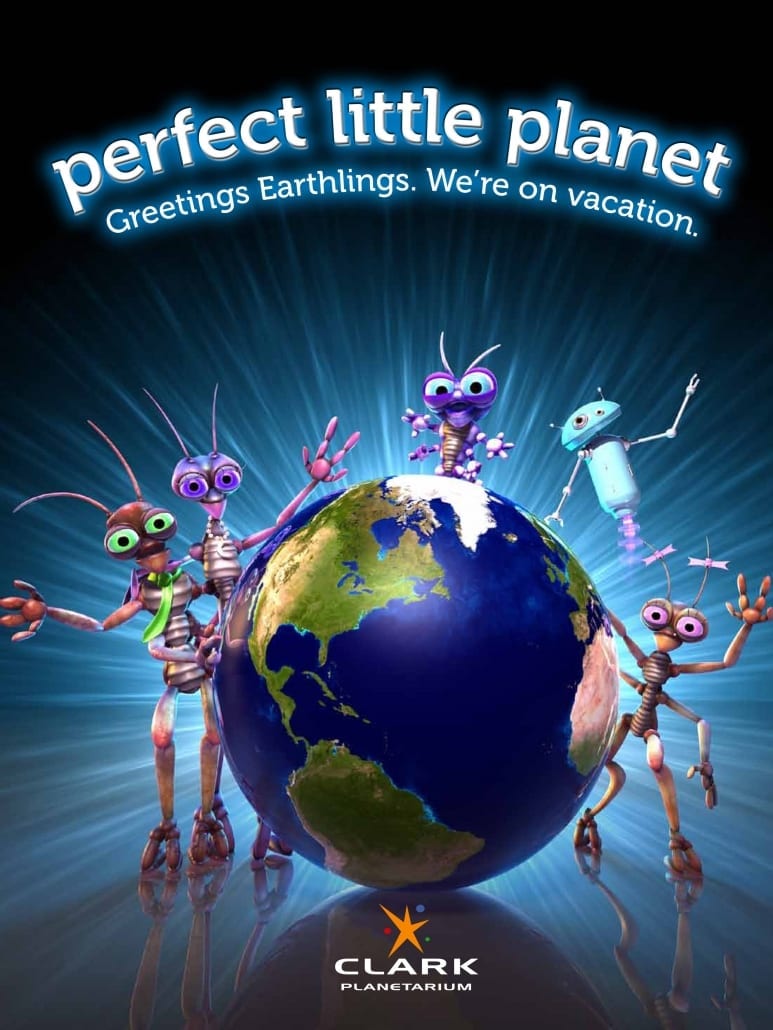
After more than a year in the making, Clark Planetarium Productions presents its most innovative family program since “The Secret of the Cardboard Rocket”! The show is revolutionary on a number of fronts: 4k resolution that utilizes detailed assets to take full advantage of the 4k environment; A frame rate of 60 frames per second to provide smoother motion, sharper definition, and clearer colors. (The show is also available in 30 fps.)
So what’s the theme? Imagine the ultimate space vacation!
Discover our solar system through a new set of eyes – a family from another star system seeking the perfect vacation spot. Fly over the surface of Pluto, our best known Dwarf Planet. Dive down the ice cliffs of Miranda. Sail through the rings of Saturn. Feel the lightning storms at Jupiter. And walk on the surface of Mars. Which destination would you choose? This is the solar system journey for space travelers of all ages.
Our Place In Space
/in Full Dome Show /by rculverOur Place In Space
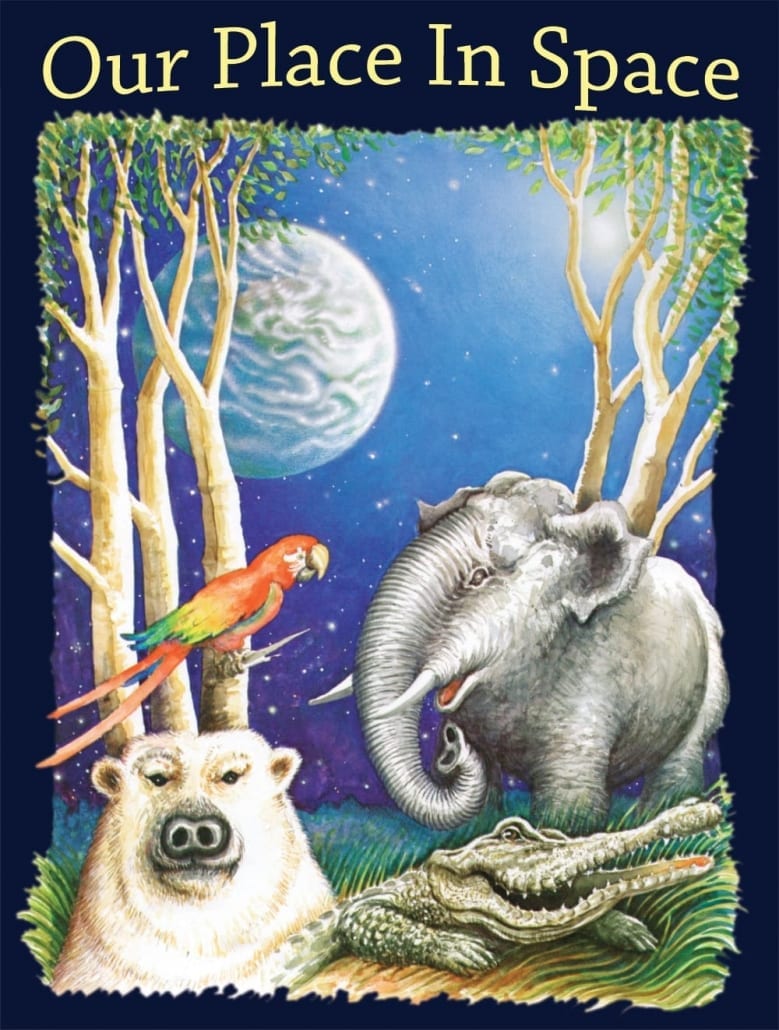
To solve a crossword puzzle about the sky…
Scarlett Macaw must discover the cause of day and night, the importance of our star the Sun, the beauty of the constellations, and the variety of objects that make up the Universe.
Throughout her journey students help solve the puzzle by providing answers to the clues.
Teachers have recommended this program because it addresses curriculum needs and presents content in an engaging, humorous way without being over-stimulating. Educators are also enthusiastic about the script’s multi-disciplinary approach: highlighting vocabulary, including endangered animals, and traveling to exotic locations. The last segment of the show includes a thrilling trip through the solar system conveying the idea that there is much more to explore.
The program does mention Pluto as the ninth planet, but this makes a great discussion point after the show. Ask students “How many planets are there?”, and “What happened to Pluto?”
Origins of Life
/in Full Dome Show /by rculverOrigins of Life
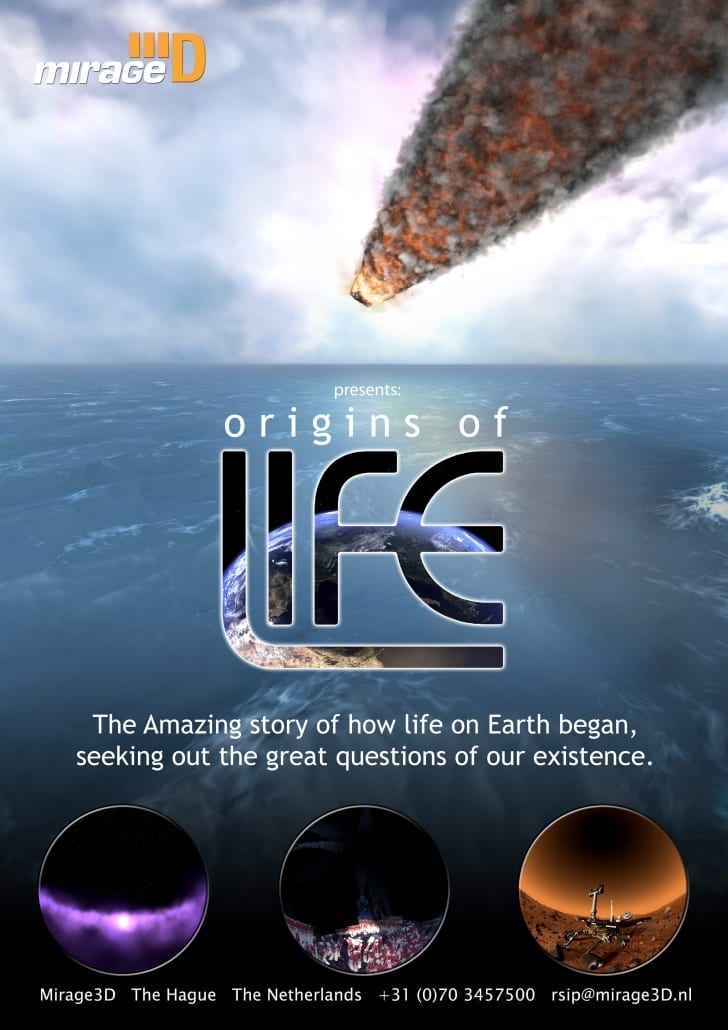
Origins of Life Deals With Some of the Most Profound Questions of Life
Science: The Origins of Life and the Human Search For Life Beyond Earth.
Starting with the Big Bang, in chronological order, the show deals with the prebiotic chemistry in the Universe, the formation of stars, formation of solar systems, and the first life on Earth.
Furthermore Origins of Life covers the great extinctions as well as our search for (primitive) life beyond planet Earth.
Origins of Life is a inspirational journey through time and a celebration of life on Earth. It features many recent discoveries related to life science, demonstrating that if there was ever a time that science made its greatest advances, it’s right now!
One World, One Sky
/in Full Dome Show /by rculverOne World, One Sky
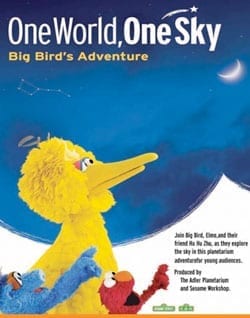
Big Bird. Elmo.
Young audience members will be thrilled when they find themselves on Sesame Street with their famous friends, Big Bird and Elmo. The fun begins when Elmo’s friend, Hu Hu Zhu, visits from China and the three of them take the audience on an exciting journey of discovery to learn about the Sun, stars, and Big Dipper.
Elmo and Hu Hu Zhu blast off on an imaginary trip to the Moon and when they return home to Earth everyone discovers that, no matter where we live, we all share the same sky.
Nine Planets And Counting
/in Full Dome Show /by rculverNine Planets And Counting
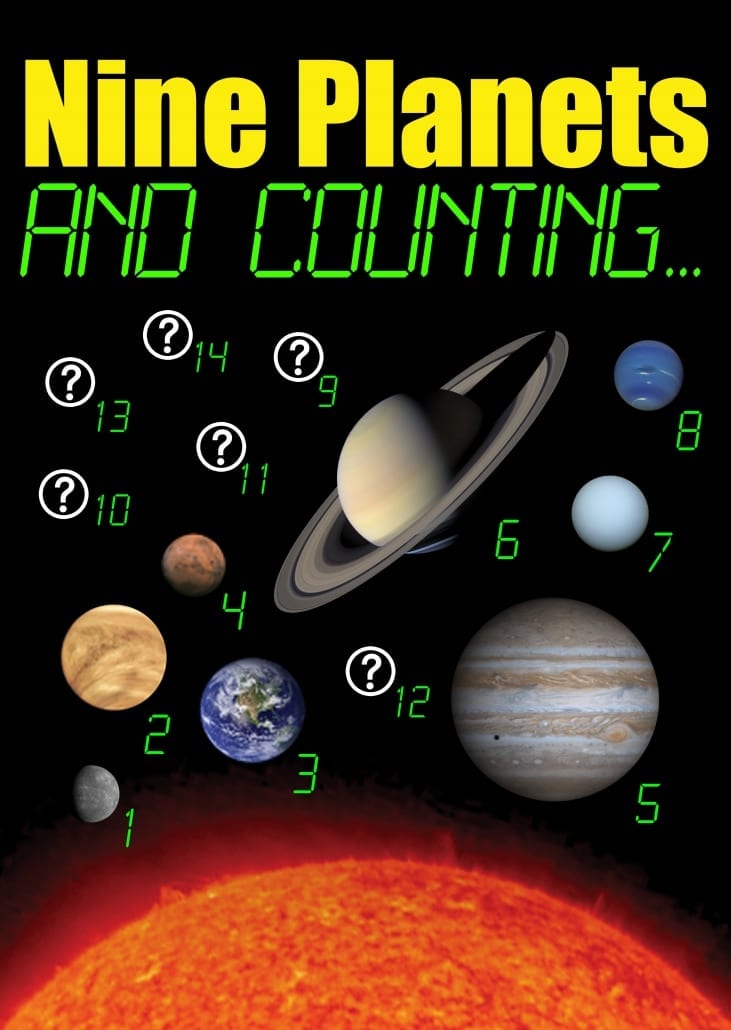
How many planets are there? Nine? Eight? Ten? Twelve?
Your audiences want to know, or they wouldn’t keep asking the same question every day!
Planets are not just an important part of the curriculum standards. Our neighbors in space fascinate people of all ages. We’ll take a look at every planet in detail, highlighting their similarities and differences.
The program also looks at the big picture, grouping the planets as rocky, gassy and icy worlds, and shows that little Pluto isn’t alone but has hundred or even thousands of companions all beyond the orbit of Neptune. We examine why there’s even a debate over the definition of the word ‘planet’ today.
The show is written to be open-ended about the definition of the word ‘planet’, and serves as an excellent springboard for discussion afterwards. You may find audience members have changed their minds by the end of the show! In the end, it all comes down to what we humans decide to name things.
New Horizons for a Little Planet
/in Full Dome Show /by rculverNew Horizons for a Little Planet
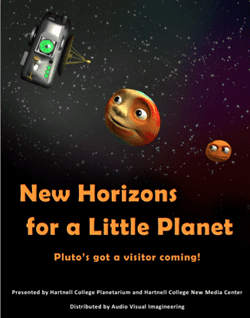
Hartnell College Planetarium is offering a new free show,
“New Horizons for a Little Planet”, to all full dome planetariums.
“New Horizons for a Little Planet” is a lighthearted introduction to NASA’s New Horizons mission to Pluto and the Kuiper Belt. Launched in 2006, the New Horizons spacecraft is scheduled to fly by Pluto and its moons in July of 2015. The purpose of the program is to introduce planetarium visitors to the mission prior to its arrival at Pluto.
After it encounters Pluto, New Horizons will continue on through the Kuiper Belt and the mission will likely be extended. A smaller, more primitive Kuiper Belt Object will then be targeted for a rendezvous in 2018 or 2019. These encounters promise us unprecedented close up views of these distant worlds and the information gathered by New Horizons will provide valuable insight into the formation of our solar system and its planets.
Natural Selection
/in Full Dome Show /by rculverNatural Selection
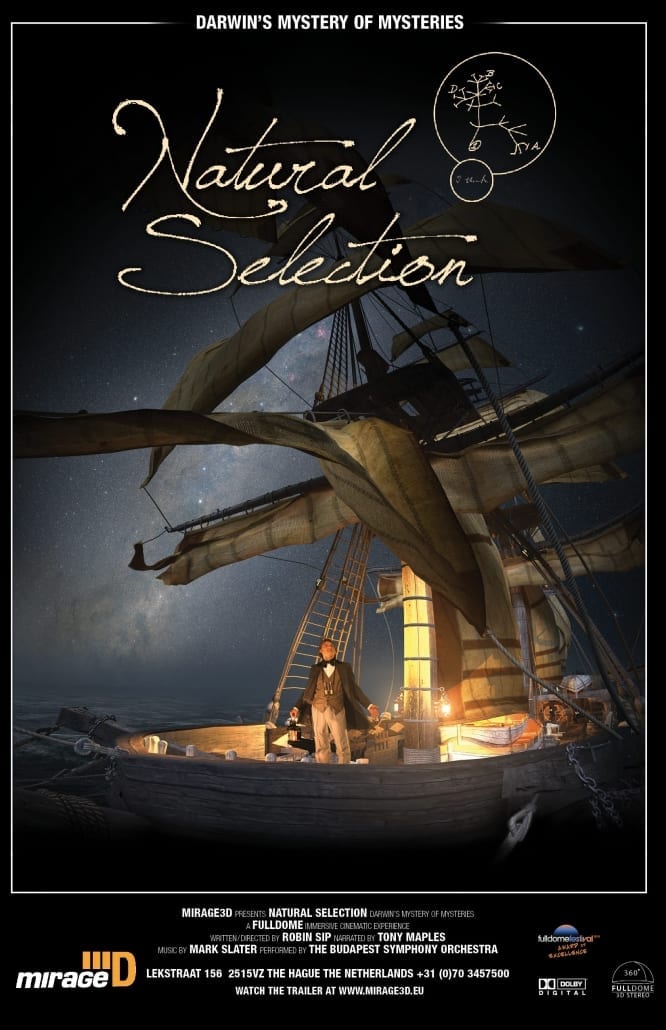
Natural Selection Celebrates the 150th Anniversary
of the Publication of “On the Origin of Species” and the 200th Anniversary of Charles Darwin’s Birth.
We will join Darwin on his voyage with the HMS Beagle to the Galapagos Islands where he was inspired to develop his later theory of transmutation by natural selection.
From the comfort of Down House in Kent, Darwin himself will explain the mechanism of natural selection to the audience, and support it by showing many beautiful examples in nature.
The thrill of a scientific discovery, the adventure of science and the beauty of nature are central in this show.
Mars Update
/in Full Dome Show /by rculverMars Update
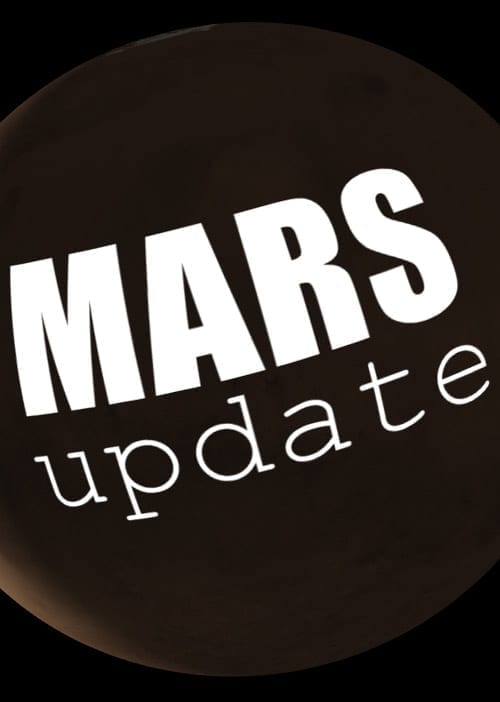
Keep up to date!
Sudekum Planetarium’s Mars Update lets you provide your audiences with the latest news from Mars.
The show begins with a fifteen-minute, self-contained chapter of how our views on Mars have changed over the years – from H.G. Wells and Percival Lowell to Spirit and Opportunity.
Although this introduction mentions Mars missions up to and including the recent Mars Exploration Rovers, we make no reference to their current status and give only a quick overview of what they have discovered. That’s on purpose – it’s up to you in the second (live) part to bring your audience up to date. The live part can include as much or as little detail as you want: from where to find Mars in the current night sky to the current status of the rovers, what they’ve discovered, and what other spacecraft have been, or will be doing on Mars.
To get you started with this second section, Sudekum Planetarium provides a fully annotated sample script and plenty of slides and video. Feel free to add, subtract, edit and make it your own show.

